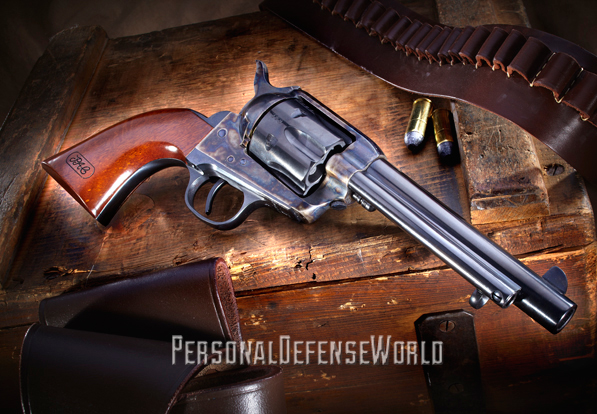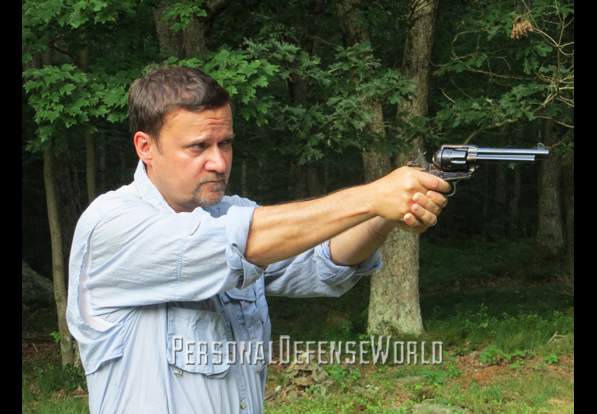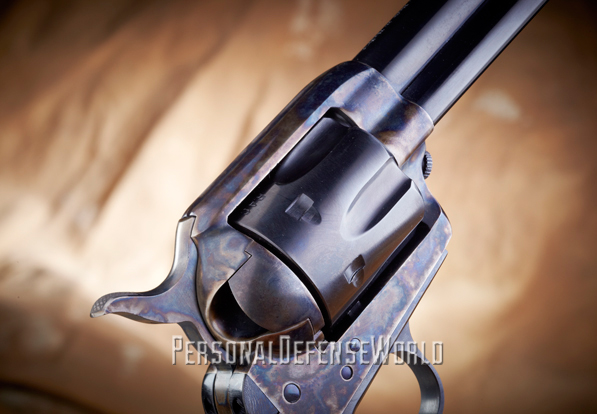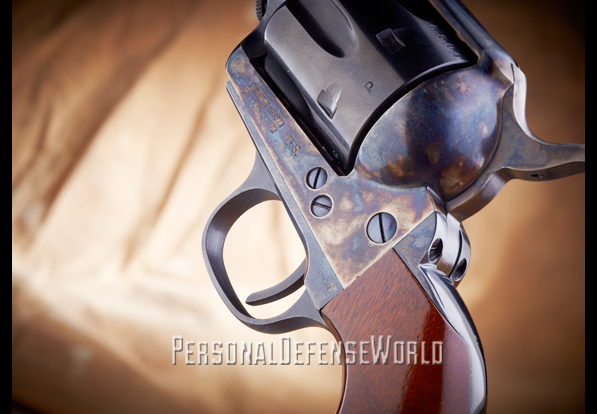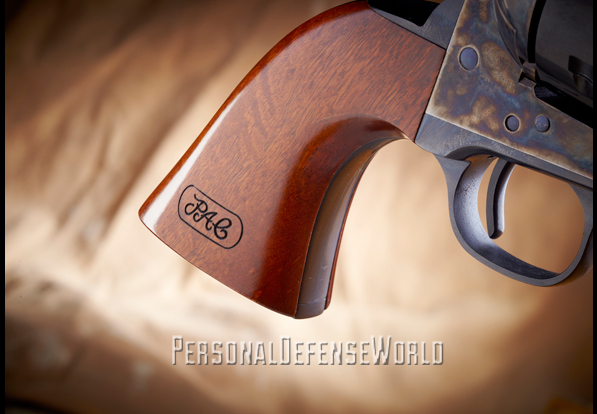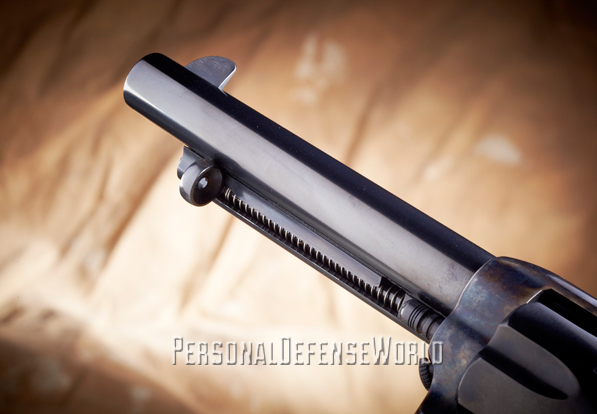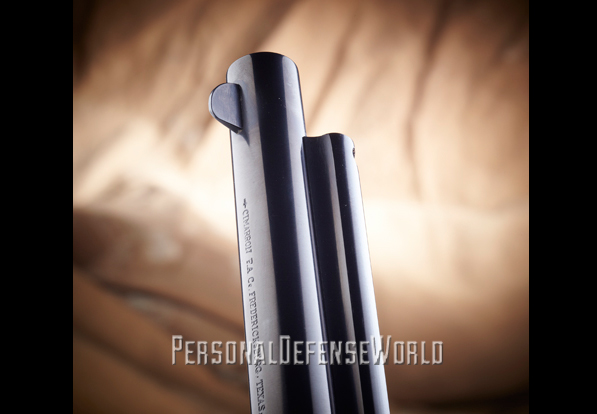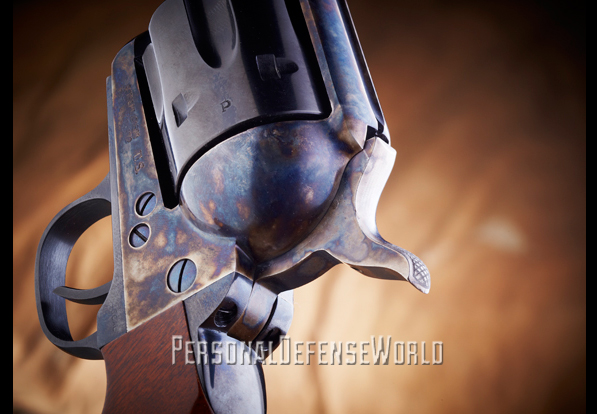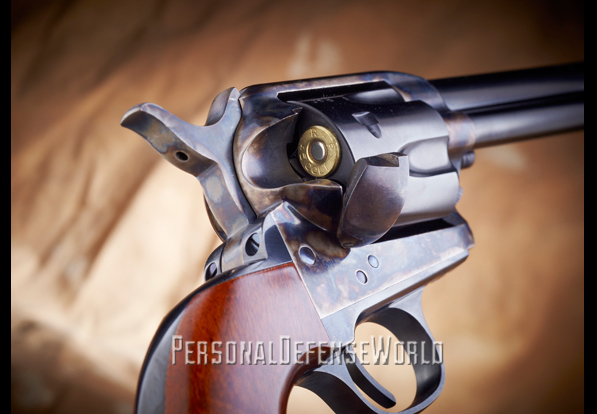In 1882, the U.S. military adopted what was at the time a high-tech weapon in the latest, greatest caliber—the Colt double-action revolver with a swing-out cylinder in .38 Long Colt (LC). It took two wars for the U.S. government to realize the ballistic deficiency of the .38 LC cartridge. The boots on the ground had a shorter learning curve. Numerous accounts told of enemy combatants who were shot several times in vital areas with the anemic .38 LC only to keep fighting. Troops were dissatisfied with the .38 LC cartridge’s performance. The military’s quick-fix solution was to bring back the Colt Single Action Army (SAA) revolver in .45 Long Colt (LC). The Cimarron USV Artillery recreates these storied Colt SAAs that brought firepower back into the hands of U.S. troops at the turn of the 20th century.
Reborn Single Actions Between 1895 and 1906, the U.S. government had Springfield Armory in Massachusetts and the Colt factory in Connecticut rework over 16,000 Colt SAA Cavalry revolvers. The letter from the U.S. Ordnance Department stated, “It is intended to shorten the barrels of all the .45-caliber Colt’s revolvers on hand to a length of 5.5 inches [Cavalry models had 7.5-inch barrels] as provided for the 250 revolvers which you have been directed to prepare and issue to the batteries of light artillery. This alteration for the new revolvers (caliber .45) on hand can, it is thought, be done at the Armory, whilst those requiring renovation may be altered at the least expense to the Government by the Colt’s Arms Company at the same time with the work of renovation to be done under the contract of Aug. 20, 1895, with that company.” you have been directed to prepare and issue to the batteries of light artillery. This alteration for the new revolvers (caliber .45) on hand can, it is thought, be done at the Armory, whilst those requiring renovation may be altered at the least expense to the Government by the Colt’s Arms Company at the same time with the work of renovation to be done under the contract of Aug. 20, 1895, with that company.”
This is how these reworked SAAs became known as Artillery models, as the refurbished guns were to be issued to artillery troops. Some of these old SAAs
had seen about 20 years of hard service during the Indian Wars, while others were in storage and had never been used. The U.S. Ordnance Department specified that Colt rework the used guns and Springfield Armory rework the guns in storage. Original Artillery models, specifically those reworked by Springfield Armory, have mismatched serial numbers, as Springfield disassembled the guns and grouped similar parts together. No effort was made to keep serial-numbered parts together, and the government saved on the cost because of this practice of mixing serial numbers.
Advertisement — Continue Reading Below
BUY NOW! AT www.personaldefenseworld.com/subscribe/handguns-buyers-guide/.
